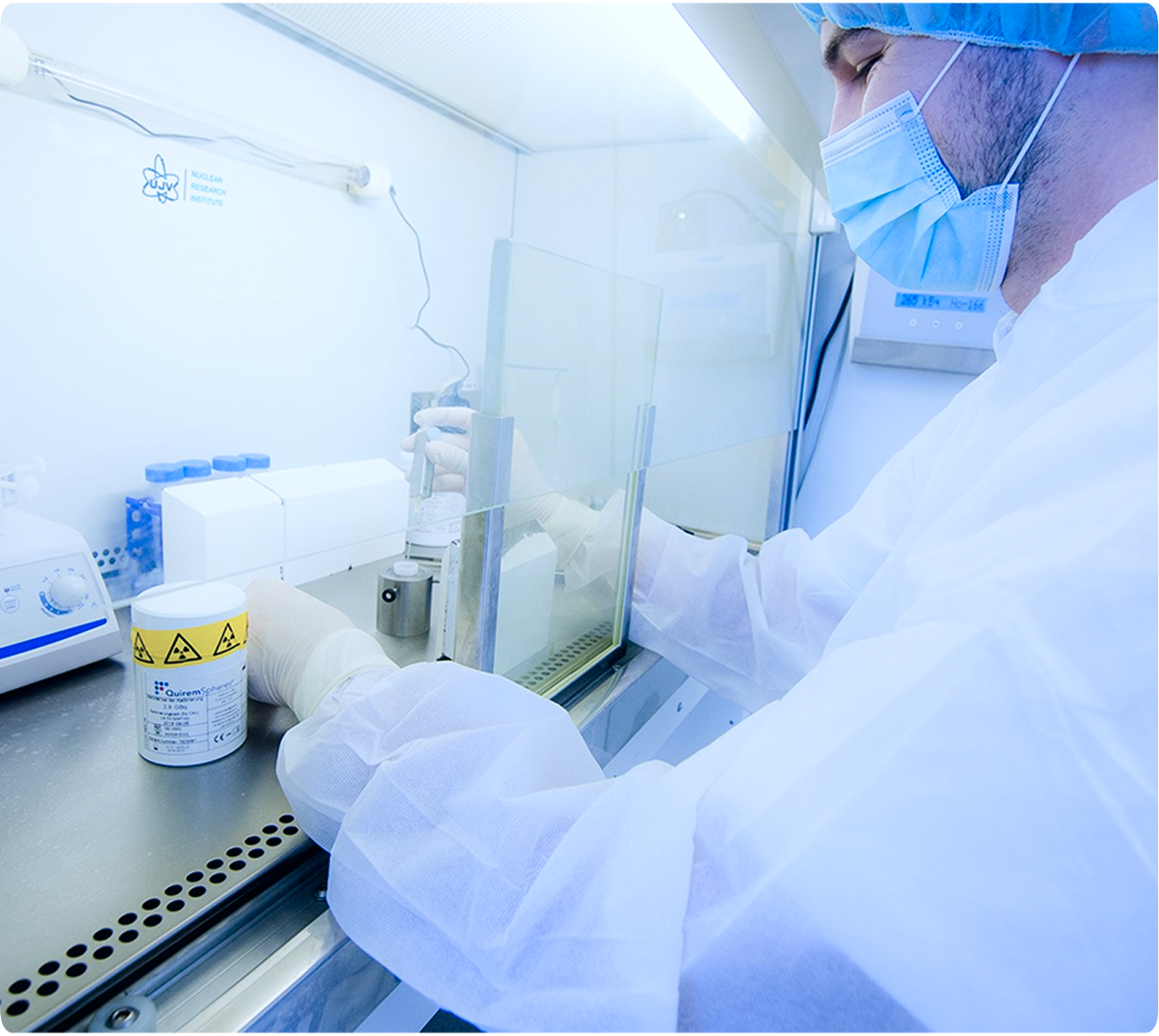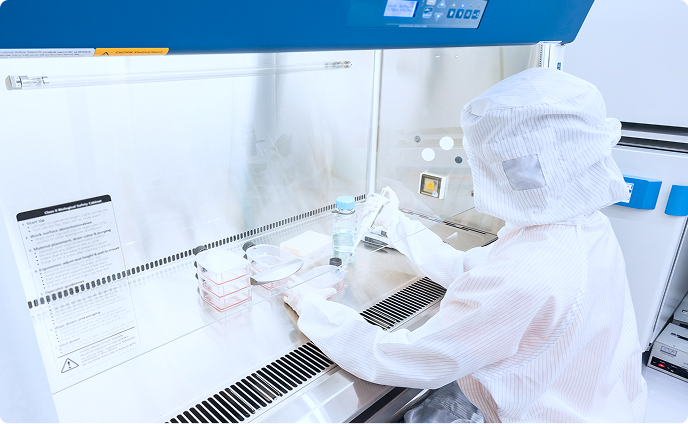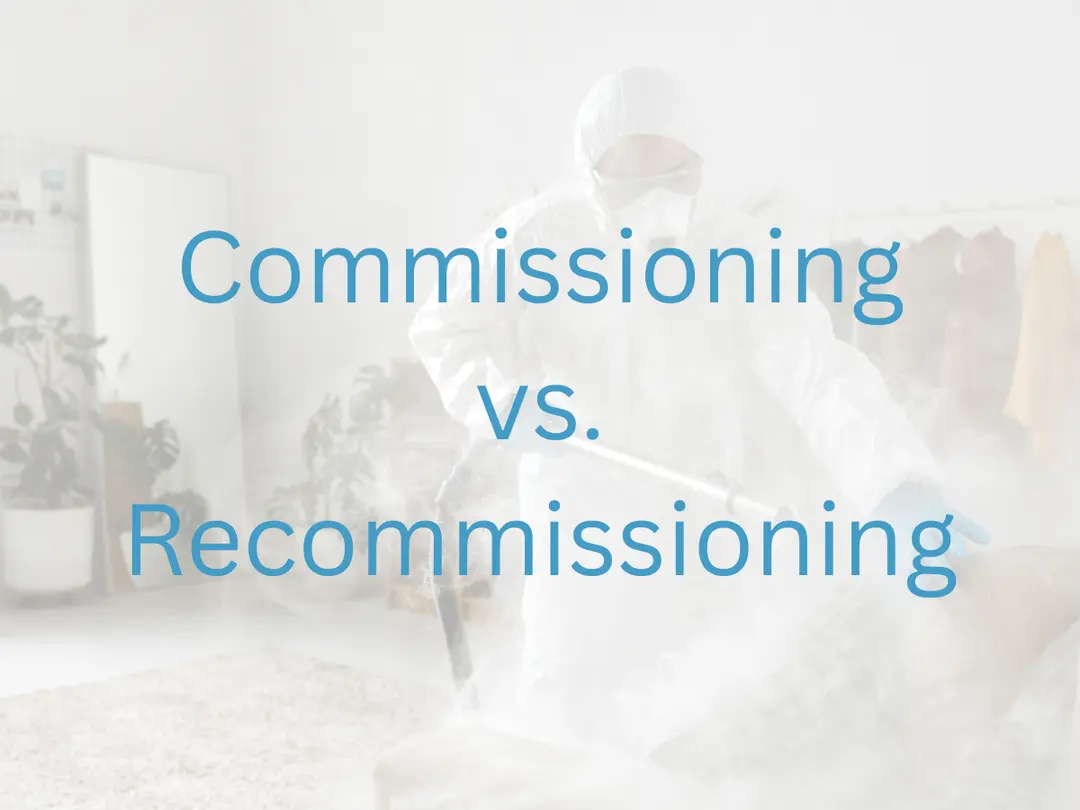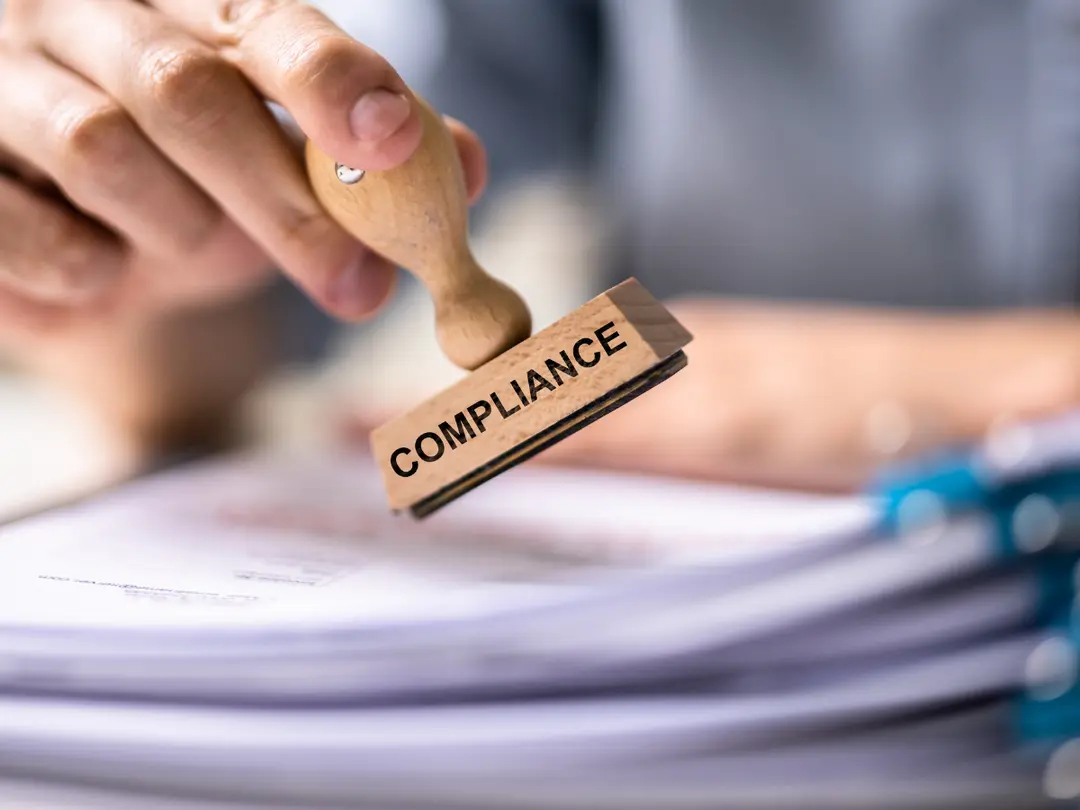Good Manufacturing Practices (GMP) auditing is a critical aspect of maintaining compliance with regulatory requirements and ensuring product quality and safety. However, it can be a complex and challenging process for companies to navigate, particularly when it comes to identifying and addressing common pitfalls. In this blog post, we will explore GMP auditing best practices and highlight some of the most common pitfalls to avoid.
Best Practices for GMP Auditing
1. Establish Clear Audit Procedures and Goals
One of the most critical best practices for GMP auditing is to establish clear audit procedures and goals. This includes defining the scope of the audit, identifying the specific regulatory requirements that will be assessed, and establishing clear criteria for success. Establishing these procedures and goals upfront can help ensure a more efficient and effective audit process and reduce the risk of errors or oversights.
2. Conduct Regular Audits
Another essential best practice for GMP auditing is to conduct regular audits. This includes both internal audits, which are conducted by the company’s own staff, as well as external audits, which are conducted by independent auditors or regulatory agencies. Regular auditing helps ensure ongoing compliance with GMP regulations and provides opportunities to identify and address potential issues before they become significant problems.
3. Use a Risk-Based Approach
A risk-based approach to GMP auditing is also critical for maximizing efficiency and effectiveness. This involves identifying the areas of highest risk within the manufacturing process and focusing auditing efforts on those areas. By prioritizing the areas of greatest risk, auditors can help ensure that the most critical issues are identified and addressed first.
Common Pitfalls to Avoid in GMP Auditing
1. Lack of Preparation
One of the most common pitfalls in GMP auditing is a lack of preparation. This can include a failure to establish clear audit procedures, identify the appropriate regulatory requirements, or adequately train auditors. Without proper preparation, auditors may miss critical issues or fail to provide accurate assessments of compliance.
2. Inadequate Documentation
Inadequate documentation is another common pitfall in GMP auditing. This can include a failure to maintain adequate records of manufacturing processes or a lack of documentation to support compliance with regulatory requirements. Without proper documentation, it can be difficult to provide evidence of compliance and address any issues identified during the audit process.
3. Failure to Address Identified Issues
Finally, another common pitfall in GMP auditing is a failure to address identified issues. This can include a failure to implement corrective actions or a lack of follow-up to ensure that issues have been adequately addressed. Without proper follow-up, identified issues may persist and increase the risk of non-compliance.
GMP auditing is a critical aspect of maintaining compliance with regulatory requirements and ensuring product quality and safety. By following best practices and avoiding common pitfalls, companies can help ensure a more effective and efficient audit process and reduce the risk of non-compliance.
Contact us for more information.

















